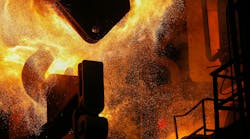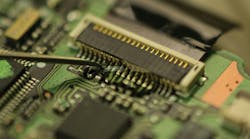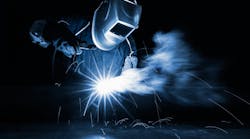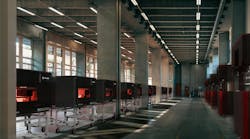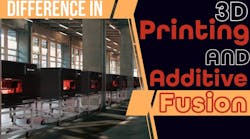What exactly is computer-numerical-controlled (CNC) machining? It’s a means to make parts by removing material via high-speed, precision robotic machines that use an array of cutting tools to create the final design. CNC machines commonly used to create the geometric shapes required by customers are vertical milling machines, horizontal milling machines, and lathes.
To successfully make a part on a CNC machine, programs instruct the machine how it should move. The programmed instructions are encoded using computer-aided-manufacturing (CAM) software in conjunction with the computer-aided-design (CAD) model provided by the customer. The CAD model is loaded into the CAM software and tool paths are created based on the required geometry of the manufactured part. After determining the tool paths, the CAM software creates machine code (G-code) that instructs the machine on how fast it should move, how fast to turn the stock and/or tool, and the location to move in a 5-axis coordinate system.
Complex cylindrical shapes can be manufactured more cost-effectively using a CNC lathe versus a 3- or 5-axis CNC milling machine. With a CNC lathe, cutting tools are stationary and the part stock is turning, whereas on a CNC mill, the tool turns and the stock is fixed. To create the geometry, the CNC computer controls the rotational speed of the stock as well as the movement and feed rates of the stationary tools required to manufacture the part. If square features need to be created on a round part, the round geometry is first created on the CNC lathe and then the square features would be made on a CNC mill.
Because the computer controls the machine movement, the X, Y, and Z axes can all move simultaneously to produce a range of features, from simple straight lines to complex geometric shapes. Some limitations do exist in CNC machining, and not all shapes and features can be created even with the advances made in tooling and CNC controls. The limitations will be discussed later.
General Tolerances
If a drawing or specification sheet has not been provided by the customer, a company may provide general specifications to follow to manufacture a model. These specifications may change from one company to another. In addition, some companies do not have default tolerances and will require the customer to provide the specifications.
